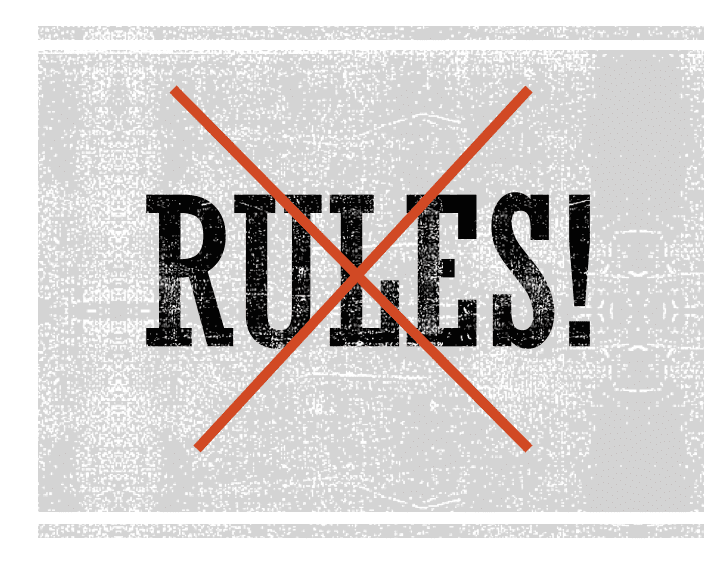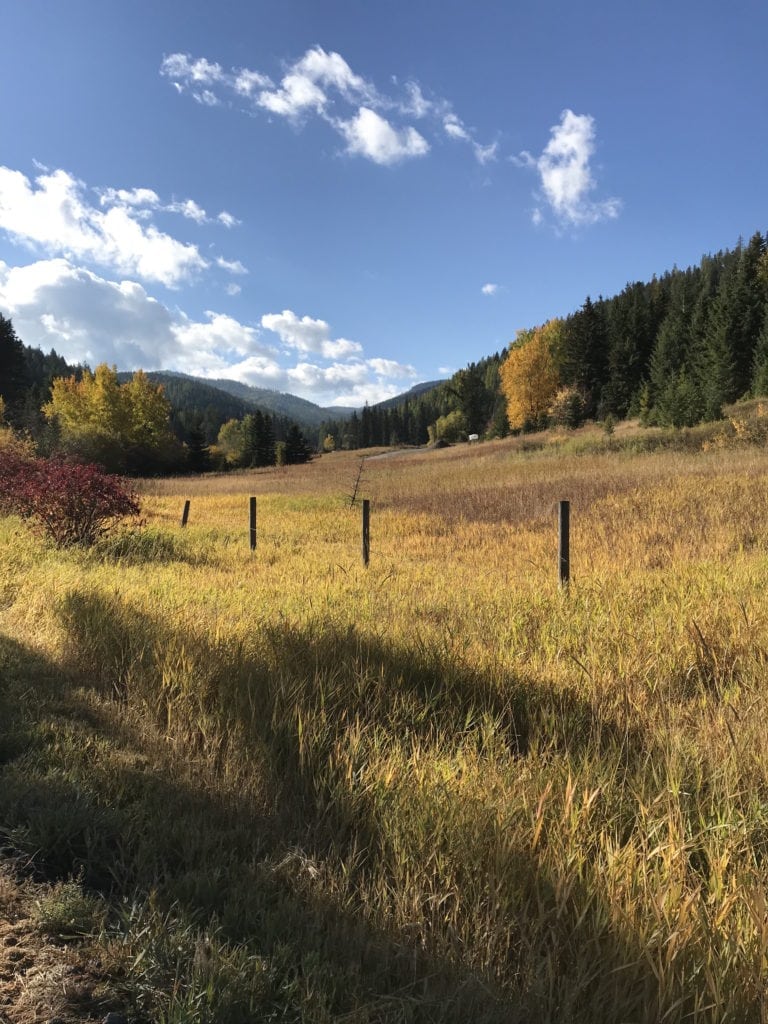Sometime in mid-2019, I plan to move from Monroe, NY to Kalispell, MT. This is an entirely new journey for me, in every aspect. I’ve never lived on the other side of the country. I have never been part of the designing and building process for a brand new home (as a buyer). It’s all quite new and exciting. I decided to share the journey for anyone else who might be thinking of doing the same thing.
Also, while I am a licensed associate real estate broker in New York State, I’m not (YET) licensed in Montana. So the thoughts I share are going to be as a buyer and new Kalispell home owner, not as a real estate professional. So here is part one, which has to do with the first step of the dream. Buying the land.
Identify your needs
The most important starting point when purchasing land is to identify your specific needs and desires. Do you want to be in a neighborhood of similar homes? Do you want to be within a certain distance from a hospital or school? Do you want something that is easy to access? What about electricity and other utilities? Do you want a parcel of land that includes those already? How big a piece of land do you want? How much do you want to spend? What do you want to build? How will you use the land?

For us, we decided we wanted a private parcel of five or more acres. A “must” was that it had to be within a short drive to stores, town, people. I didn’t want to be an hour from a town, all alone in the forest. We “desired” property that abutted national land, so it would even be more private. We “needed” something that would have good cell and Internet service. I plan to continue my real estate business in Kalispell, and must be connected. We also wanted land that had some sort of view. So once we had our list, we were ready for the next step.
Finding a real estate agent
Since I am a real estate professional in New York, I already know the benefit of using an agent to purchase property. We wanted someone who knew the area, had insight into land prices, and knew the rules (or how to get them) for using the land. In addition, we wanted someone who was familiar with the roads and could find the properties! And we wanted someone who knew all the steps of the buying process. Since buyers typically do not pay a commission to the agent, it was a no-brainer for us to hire a buyer agent. Luckily, I’m part of a nationwide real estate network, and was able to find a wonderful broker to help us out.
Conducting the search
And then the fun began! Based on a combination of land we found online and land our realtor located, we spent a few days looking at possibilities. We made sure to wear hiking boots and bring plenty of water. It’s important to walk the land, not just drive by to see where it is. You have to check out the topography; are there any flat areas for your future home site? You have to see whether there is water on the land. Are there any flooded or swampy sections? If there are views, are they in a location that would allow a house to be built? And so on. So off we went to explore possibilities.
Covenants
 In Kalispell, some properties include covenants, which are rules that prohibit or allow certain behaviors or structures. For example, we found one interesting parcel of land that was somewhere around eight acres. It backed up to state forest, so that was great. We wouldn’t have been able to see our neighbors, also good. The covenants that went along with that property though, defined exactly where the house would go, how big it had to be (bigger than what we wanted to build), and what color it had to be. There were requirements about noise, activities that could or could not occur, and more. It was a beautiful spot, priced within our range, but we were not interested in a bazillion rules. So we passed on that parcel, and many others in that same area.
In Kalispell, some properties include covenants, which are rules that prohibit or allow certain behaviors or structures. For example, we found one interesting parcel of land that was somewhere around eight acres. It backed up to state forest, so that was great. We wouldn’t have been able to see our neighbors, also good. The covenants that went along with that property though, defined exactly where the house would go, how big it had to be (bigger than what we wanted to build), and what color it had to be. There were requirements about noise, activities that could or could not occur, and more. It was a beautiful spot, priced within our range, but we were not interested in a bazillion rules. So we passed on that parcel, and many others in that same area.
Accessibility
Another important aspect of land purchasing out west is ensuring there is access to the site, all year long but primarily in the winter. As we went to view one parcel of land, we realized winter might be an issue. Our realtor’s car went up and up the side of a mountain, on a small dirt road. We parked before we got to the building lot, and walked up. This particular property was located at the very top of a mountain, all by itself. The views were absolutely breathtaking. We could see 360 degrees, all the way to Glacier National Park, to the mountains to the West and to the East, and south. It was a beautiful sunny 80 degree summer day when we were there, with a bit of a wind. Fantastic!
But how in the world would we get up there in the winter? Would we be able to? And there were no trees at the top of the mountain. In the winter, with the freezing wind whipping around up there, there would be no going outside to enjoy the environment. After some energetic discussions about installing a ski-lift to get groceries up, and investments in ATVs, that property was dismissed as a possibility.
There were other parcels of land we saw that were far down small dirt roads. Miles driving on a summer road are fine, but in winter when there could be quite a bit of snow, that wouldn’t work for us. As I mentioned above, I do not want to be stuck in the house, away from people. There was also a beautiful spot that wasn’t too far down a mountain road, but it was over a small bridge that was on its last legs. If that collapsed, we’d be stuck. Away from people. Nope, that wouldn’t work either. So access is an important feature in the purchase of land.
Utilities
Another thing to consider when purchasing land is what type of utilities are already in the area. Does the parcel already have electricity on it? If not, is electric available on the street? How far away is the nearest transformer? Has septic been provided and/or approved? Does it look like there’s a good place to put it? Is there a well in place? How deep are the neighbor’s wells? As you walk the property, does your cell phone work? What kind of Internet do the neighbors have? Investigating these types of issues before you purchase land can help eliminate potential problems when starting to build.
So what did we pick?
We are incredibly happy with our land choice. We purchased 27 acres of land with no covenants in the southwest part of Kalispell near the Salish Mountain Range. The land does not abut national land, but the national park is right down the street. Behind us is about 70 acres of undeveloped land and behind that is land owned by a lumber company so we did get the seclusion we want.
 That being said, we still have neighbors which is great. There is a horse ranch on one side of us, a small home further down on the other side, and a few homes across the road. And stores, restaurants and everything else Kalispell has to offer is only about 15 minutes away, and my new office will be only 12 minutes from my future home. So we got the nearness to town that I needed.
That being said, we still have neighbors which is great. There is a horse ranch on one side of us, a small home further down on the other side, and a few homes across the road. And stores, restaurants and everything else Kalispell has to offer is only about 15 minutes away, and my new office will be only 12 minutes from my future home. So we got the nearness to town that I needed.
In terms of utilities, we have an electric box on the road, right at the edge of our property, so electricity is in the area. The property does not have a well or septic but we did some research about well depths in the area and are comfortable we will find water. Our cell phones don’t work on the bottom of our property near the road, but they work great at the top where the house will be.
And in terms of views, we are luckier than we thought when we purchased the land. Subsequent days of walking every inch of the property showed us that we have views on all sides. On the West, our views are of parked out forest and a sloping hill, kind of reminiscent of the scenery on some western movies. To the south, we have views of overlapping hills and forests. On the east, more hills. But to the north, where our patio and windows will focus, we have the pièce de résistance! A view of the Flathead valley all the way up to the mountains of Glacier National Park. Amazing.
Summary
Finding the right piece of Montana for your future home can take some investigation, time and energy. But if you do it right, you can successfully find the land of your dreams.